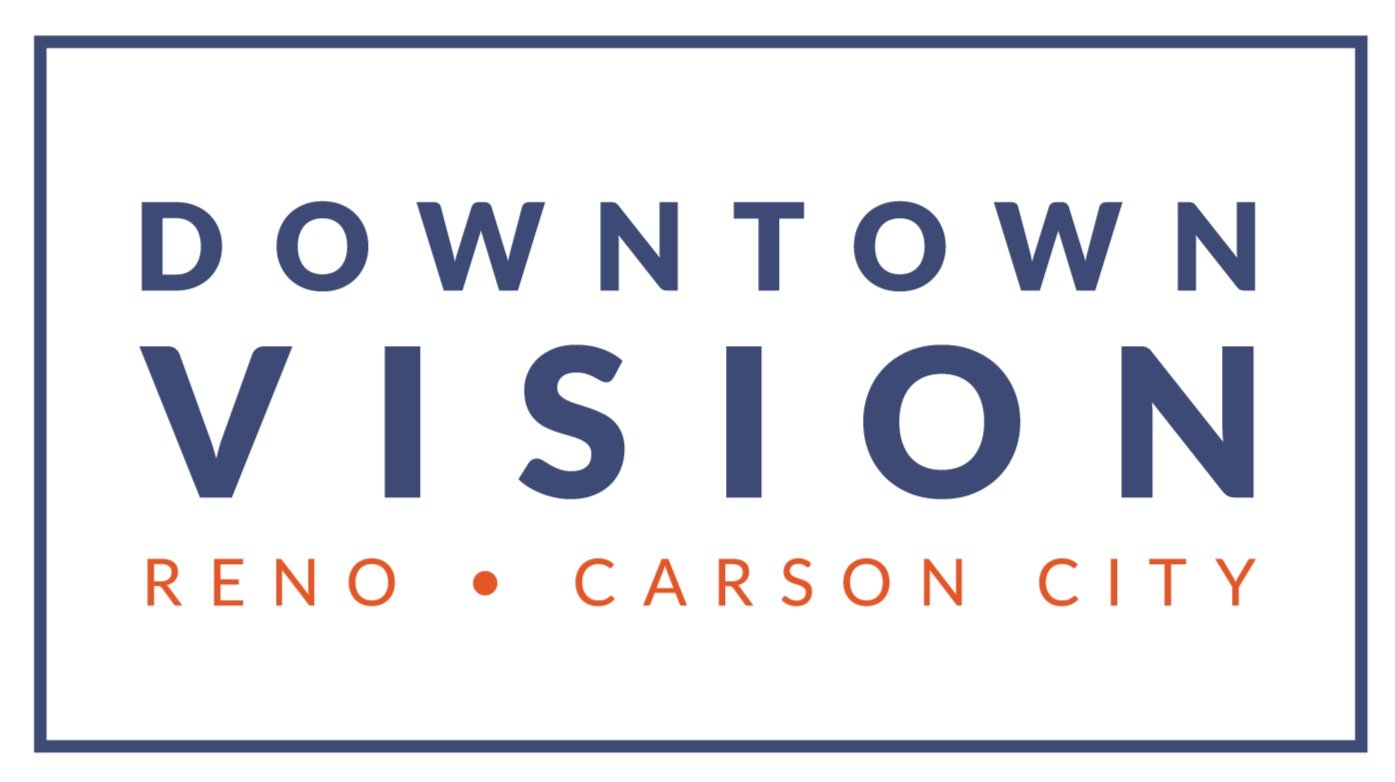Save your vision: tips for healthy eyes
March is Save Your Vision Month, which makes it the perfect time to focus on keeping your eyes healthy! Our eyes are one of the most important parts of our bodies, and taking good care of them can help prevent vision loss and other eye-related problems. Here are some tips on how to keep your eyes healthy throughout the year.
Schedule regular eye exams
One of the most important things you can do to keep your eyes healthy is to schedule regular eye exams. Even if you think your vision is fine, an eye exam can detect early signs of eye problems and help prevent vision loss. The American Optometric Association recommends that adults get a comprehensive eye exam every two years, or more often if you have certain risk factors, such as diabetes or a family history of eye disease.
Protect your eyes from UV rays
UV rays from the sun can damage your eyes and increase your risk of cataracts and other eye problems. To protect your eyes, wear sunglasses that block out 99% to 100% of both UVA and UVB radiation. Be sure to look for sunglasses with wraparound frames to provide extra protection from the sides.
Take breaks when using digital devices
Spending too much time looking at digital devices can cause eye strain, blurry vision, and dry eyes. To prevent these problems, take regular breaks when using digital devices. Follow the 20-20-20 rule: every 20 minutes, look away from your screen and focus on something 20 feet away for 20 seconds.
Maintain a healthy diet
A healthy diet can help protect your eyes from age-related macular degeneration and other eye problems. Eat foods that are rich in antioxidants, such as leafy green vegetables, citrus fruits, and nuts. Omega-3 fatty acids found in fish can also help keep your eyes healthy.
Wear protective eyewear
Protective eye wear can help prevent eye injuries, which can be caused by flying debris, harmful radiation, and chemicals. When choosing protective eye wear, look for products that meet the American National Standards Institute (ANSI) requirements. Safety goggles, face shields, and glasses with side shields are all examples of protective eyewear that can be worn depending on the level of risk involved in your activity. Remember, eye protection should be worn at all times when performing tasks that could cause eye injury. Protecting your eyes is important, so invest in protective eye wear and keep your eyes safe.
Taking care of your eyes is essential for maintaining good vision and overall health. By following these tips, you can help prevent eye problems and keep your eyes healthy throughout the year.
Sources:
https://www.aoa.org/healthy-eyes/caring-for-your-eyes/eye-exams?sso=y
https://www.webmd.com/eye-health/good-eyesight
https://us.discovericl.com/blog/the-20-20-20-rule-preventing-digital-eye-strain





